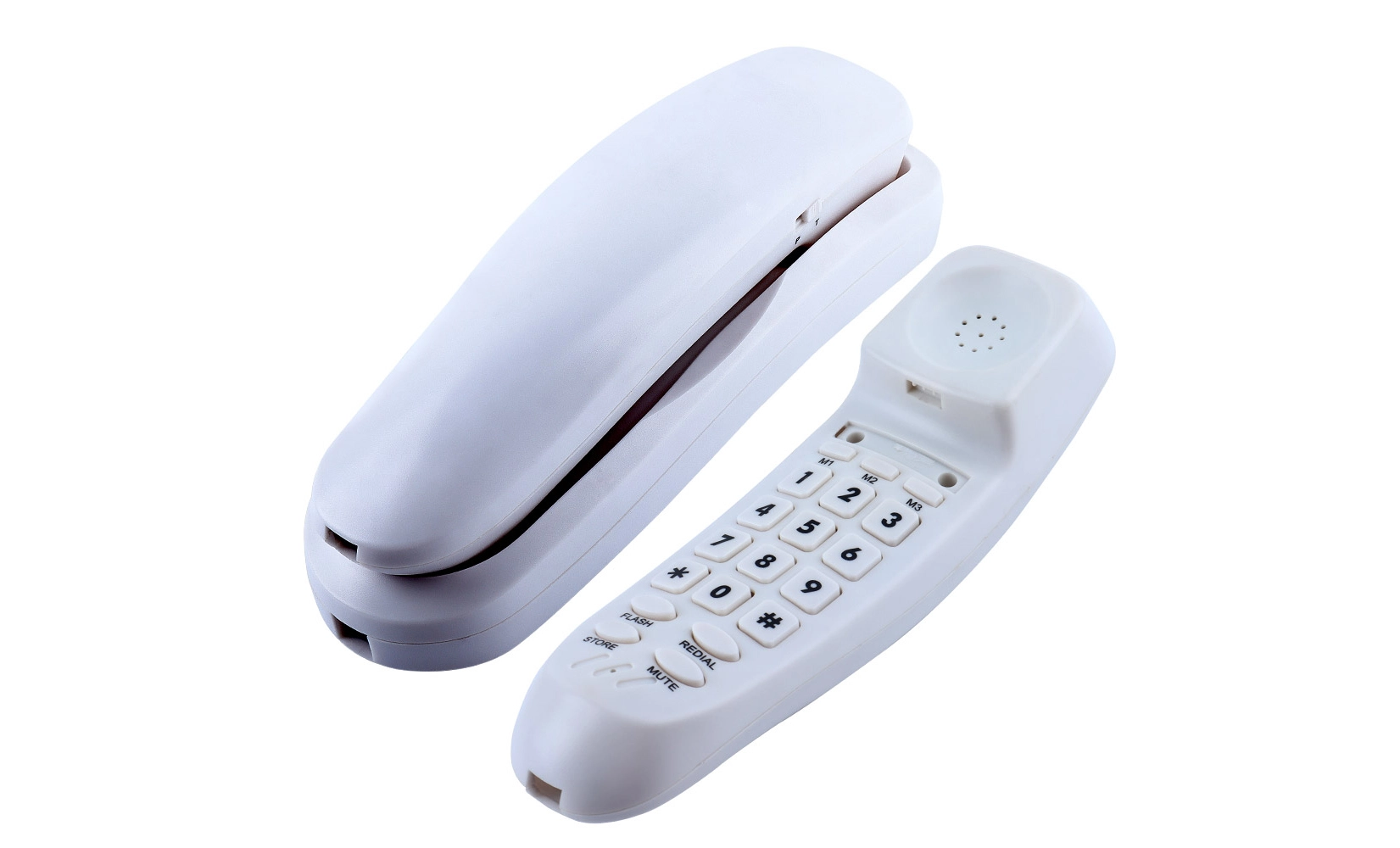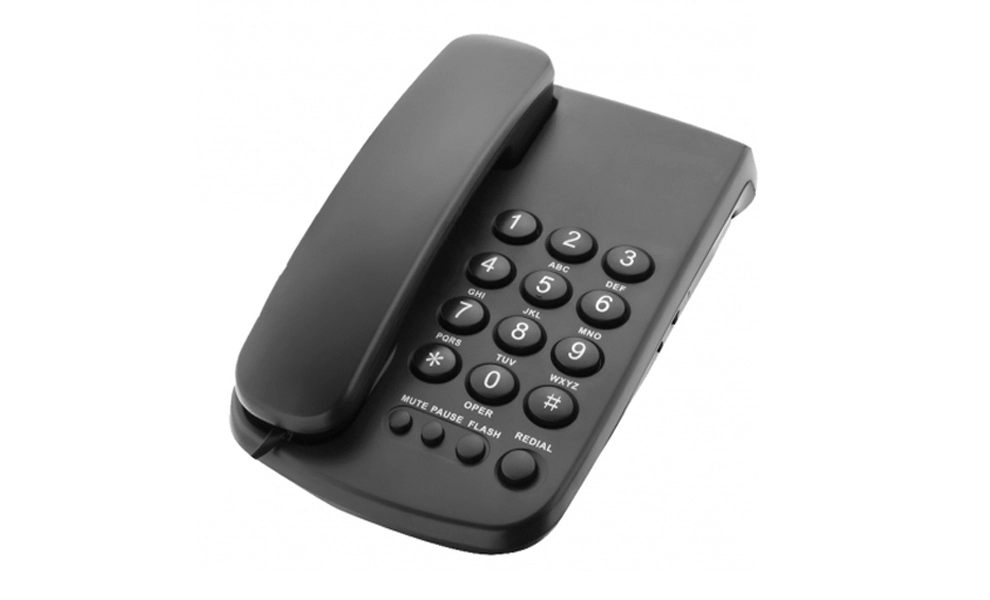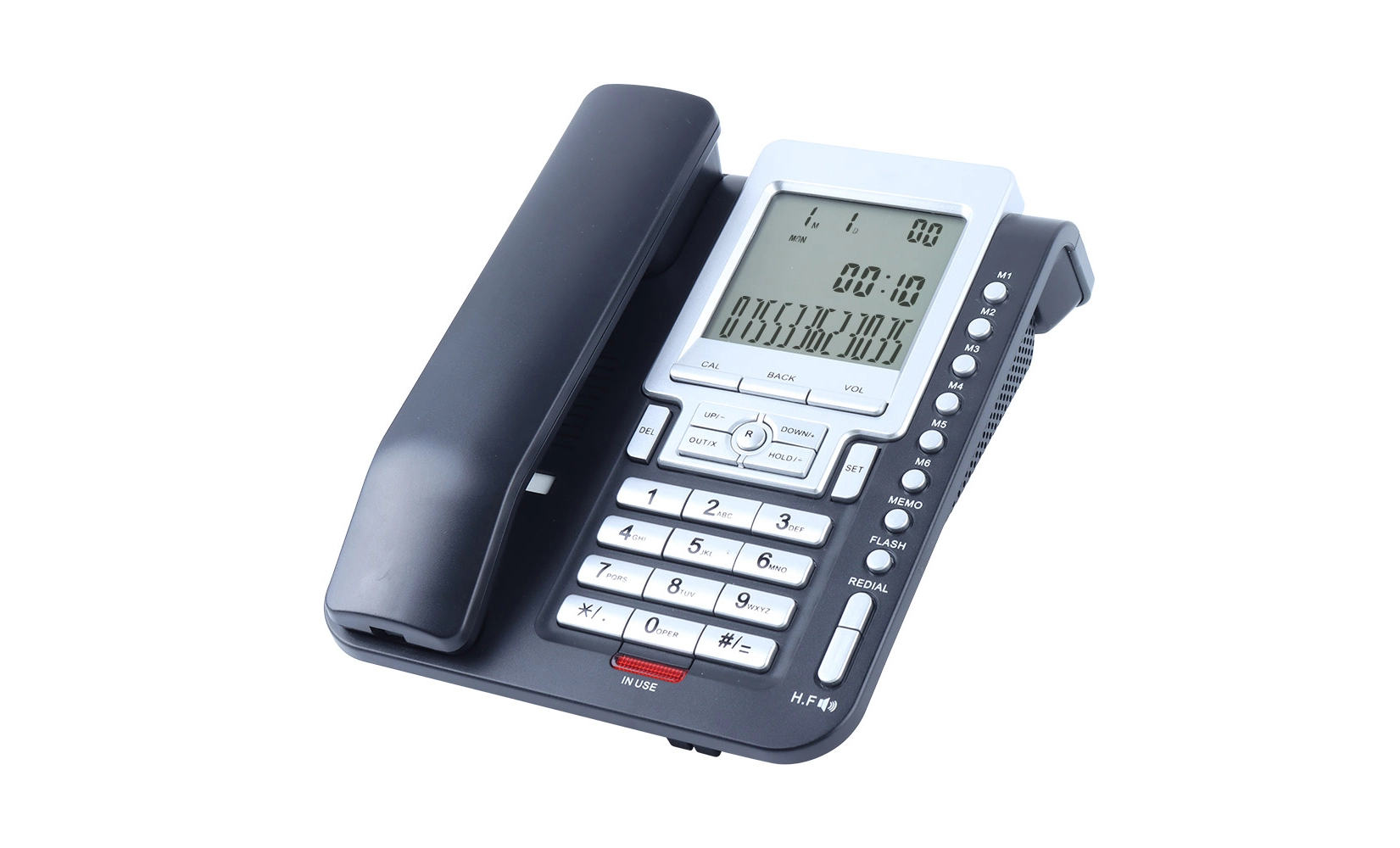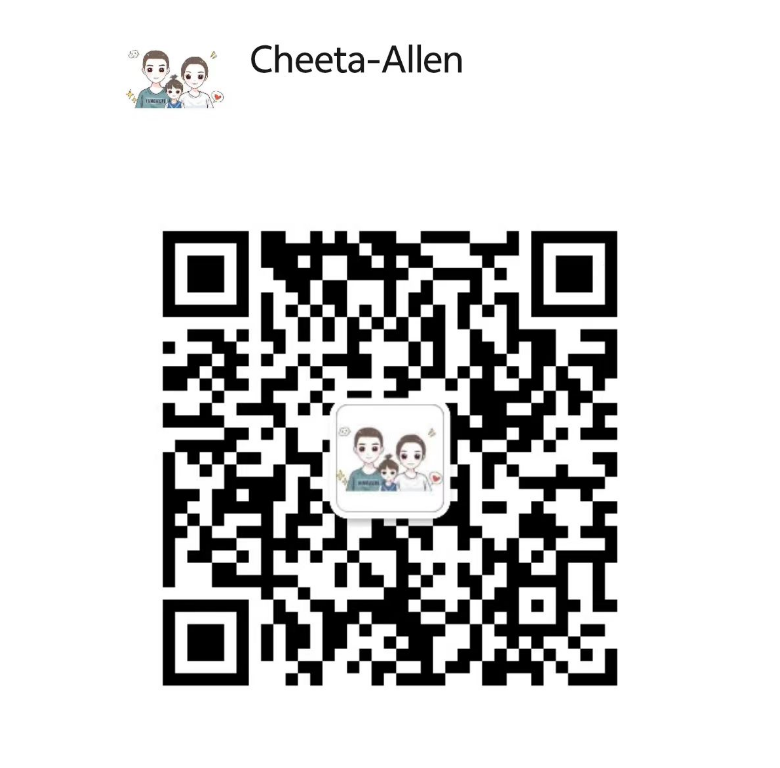Understanding Caller ID Telephones and Their Function
Caller ID telephones have revolutionized the way we manage incoming calls. These innovative devices display the caller's number and often their name before you answer, allowing you to make informed decisions about which calls to take. Caller ID technology enhances personal safety, improves business efficiency, and reduces unwanted interruptions. By providing real-time information about who's calling, these phones empower users to prioritize their communications, screen unknown numbers, and maintain a log of missed calls. Whether for home or office use, caller ID telephones have become an indispensable tool in our increasingly connected world.
The Evolution and Technology Behind Caller ID Telephones
The journey of caller ID technology began in the 1960s, but it wasn't until the 1980s that it became commercially available. Initially, caller ID was a separate device that connected to your phone line. Today, it's an integrated feature in most telephone systems, including landlines and mobile phones.
How Caller ID Works?
Caller ID technology operates on a simple yet ingenious principle. When a call is placed, the telephone exchange sends a digital signal containing the caller's information between the first and second ring. This signal is decoded by the receiving phone, which then displays the information on its screen.
Two main protocols are used for transmitting caller ID information:
- Frequency Shift Keying (FSK): This method uses audio frequencies to transmit data and is more common in North America.
- Dual-Tone Multi-Frequency (DTMF): This protocol uses touch-tone signals and is prevalent in Europe and other parts of the world.
- Modern caller ID telephones are equipped to handle both protocols, ensuring compatibility across different telecommunication systems globally.
Advanced Features of Modern Caller ID Phones
Contemporary caller ID telephones offer a range of features beyond simple number display:
- Call Logging: Stores a history of incoming calls, including missed ones.
- Name Display: Shows the caller's name if it's available in your phone book or through your telephone service provider.
- Time and Date Stamp: Records when each call was received.
- Call Blocking: Allows you to block unwanted numbers directly from the caller ID display.
- VoIP Integration: Many modern caller ID phones can work with Voice over Internet Protocol services, expanding their functionality.
Benefits and Applications of Caller ID Telephones
Caller ID telephones offer numerous advantages that cater to both personal and professional needs. Understanding these benefits can help users maximize the potential of their communication devices.
Personal Safety and Privacy
One of the primary benefits of caller ID telephones is the enhanced personal safety and privacy they provide. By knowing who's calling before answering, users can:
- Avoid potential scams or unwanted solicitations
- Prepare for important calls
- Maintain privacy by screening calls from unknown numbers
This feature is particularly valuable for vulnerable groups such as the elderly or those living alone, offering an additional layer of security against potential threats.
Improved Business Efficiency
In a professional setting, caller ID telephones significantly enhance operational efficiency:
- Prioritization of Calls: Employees can quickly identify and respond to important client or colleague calls.
- Time Management: By knowing who's calling, staff can better manage their time and prepare for conversations.
- Customer Service: Representatives can greet callers by name, providing a personalized touch to customer interactions.
- Call Tracking: Businesses can maintain accurate records of client communications for follow-ups and quality assurance.
Convenience and Time-Saving
Caller ID telephones offer several conveniences that save time and reduce stress:
- Reduced Interruptions: Users can let calls from unknown numbers go to voicemail, minimizing disruptions.
- Easy Callback: With stored caller information, returning missed calls becomes effortless.
- Customized Ringtones: Many phones allow users to assign unique ringtones to specific numbers, enabling instant recognition of important callers.
Choosing the Right Caller ID Telephone
Selecting the optimal caller ID telephone depends on various factors, including intended use, desired features, and compatibility with existing systems.
Key Features to Consider
When shopping for a caller ID telephone, keep these features in mind:
- Display Quality: Look for phones with large, backlit displays for easy reading.
- Storage Capacity: Consider how many caller ID entries the phone can store.
- Compatibility: Ensure the phone works with your existing landline or VoIP service.
- Additional Functions: Some phones offer extras like answering machines, speakerphones, or intercom systems.
- Battery Backup: This feature ensures caller ID functionality during power outages.
Types of Caller ID Telephones
Caller ID telephones come in various forms to suit different needs:
- Corded Phones: Ideal for office settings or areas with reliable power supply.
- Cordless Phones: Offer mobility within the home or office.
- Combination Systems: Feature a corded base with cordless handsets for flexibility.
- Smart Home Integration: Some modern systems can integrate with smart home devices for enhanced functionality.
Considerations for Special Needs
When choosing a caller ID telephone, consider any special requirements:
- Hearing Impaired: Look for phones with amplified sound or compatibility with hearing aids.
- Visually Impaired: Consider phones with extra-large displays or voice announcement features.
- Multiple Users: For shared spaces, choose systems with multiple handsets or expandable options.
By carefully considering these factors, you can select a caller ID telephone that not only meets your current needs but also adapts to future requirements.
Conclusion
Caller ID telephones have become an integral part of modern communication systems, offering a blend of convenience, security, and efficiency. From enhancing personal safety to streamlining business operations, these devices provide valuable benefits across various settings. As technology continues to evolve, we can expect caller ID telephones to integrate more advanced features, further improving our ability to manage and control our communications. Whether for home or office use, investing in a quality caller ID telephone is a step towards more efficient and informed communication in our increasingly connected world.
OEM/ODM caller ID telephone suppliers—fast delivery | CHEETA
Shenzhen Cheeta Technology Co., Ltd. stands out as a premier OEM/ODM caller ID telephone supplier with 18+ years of expertise. Our state-of-the-art 1,200㎡ facility, staffed by 100+ skilled workers and 10 senior engineers, ensures a daily production capacity of 1,000 analog units for rapid delivery. We pride ourselves on maintaining CE and ROHS compliance, coupled with an 11-step inspection process that keeps our failure rate below 1%.
Our commitment to innovation is evident through weekly design sessions and global case studies, enabling swift feature refinements based on user data. This approach allows us to offer cutting-edge caller ID telephones that meet evolving customer needs while adhering to CE, RoHS, FCC, and UN38.3 regulations. For unparalleled quality and customization in caller ID telephones, contact us at allen@cheeta.com.cn.
References
1. Smith, J. (2022). The Evolution of Caller ID Technology. Telecommunications Journal, 45(3), 78-92.
2. Johnson, A. & Brown, L. (2021). Caller ID Telephones: Enhancing Personal Safety and Business Efficiency. Communication Technology Review, 16(2), 112-125.
3. Lee, S. et al. (2023). Advanced Features in Modern Caller ID Systems: A Comparative Study. International Journal of Telephone Technologies, 29(1), 45-60.
4. Williams, R. (2020). Choosing the Right Caller ID Phone: A Comprehensive Guide. Consumer Electronics Magazine, 8(4), 32-48.
5. Garcia, M. & Patel, K. (2022). The Impact of Caller ID Telephones on Business Communication. Journal of Business Technology, 37(2), 201-215.

Kindly inform us your interested product and your detailed requirement, so that we can give you a best suggestion.

Shenzhen Cheeta Technology Co., Ltd – Leading Communication Telephone Manufacturer



